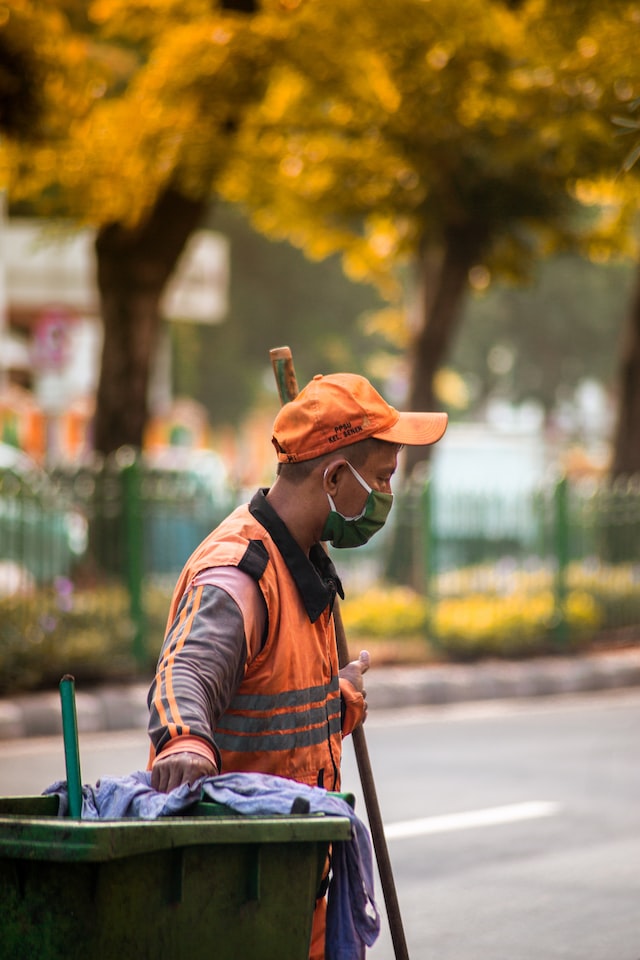Fortunately, there are a few tips you can follow that will help you dispose of your junk in the safest way possible. These tips include using a homemade cleaner, avoiding hazardous waste in landfills, and downcycling. If you are looking for professional help, there are various Edinburgh waste disposal teams ready to assist.
Incineration
During an incineration process, organic constituents of waste condense onto fine particles and are destroyed. In addition, waste incineration emits gases such as carbon dioxide, water vapour, and sulfur dioxide. Depending on the type of waste incinerated, pollutants may be present in the waste stream. These include polychlorinated dioxins (PCDs), furans, and particulate matter.
The process of incineration is standard in most facilities. A waste incinerator can combust a few hundred tons of waste daily to several thousand tons daily. Plant operators can control the process.
A well-designed incineration system can destroy most organic compounds in the post-flame zone. However, inefficient combustion can result in higher levels of incomplete combustion products.
These include heavy metals such as lead and mercury. In addition, metals in the waste stream may adsorb to fine particles during combustion. Therefore, increasing the temperature of the incinerator can also lead to an increase in the heavy metal content of the emission.
Hazardous waste landfills
Whether you have a small or large quantity of hazardous waste, you must know the safest way to dispose of it. Properly disposing of debris can save you money and protect the environment.
There are several methods for disposing of hazardous waste, including landfilling and deep-well injection. Unfortunately, all of these methods have their risks.
Land disposal is the most common method for disposing of hazardous waste and is often done either by public service hire or private organisations such as Edinburgh waste disposal teams. The costs of these vary depending on the size of junk or mass of waste.
The ultimate goal of landfilling or deep well injection is to prevent groundwater, soil and environment contamination. It is not always an attractive practice, but it does have the potential to reduce the amount of waste in the background.
Land disposal can be done in two primary ways. One method involves mixing hazardous waste with surface soil, and the other involves injecting liquid hazardous waste into porous rock.
Making your cleaners and detergents
Using a product made from scratch is a great way to reduce the number of harmful substances in your home. For example, you can make your all-purpose cleaner using simple ingredients such as baking soda, vinegar, and essential oils. You can even donate your unused products to a local charity.
Using a homemade product also helps control the strength of the cleaner. Some cleaning solutions contain ingredients that can clog your drains. Also, if you do decide to use a homemade cleaner, be sure to label it.
A quick search online for a homemade cleaning solution will yield dozens of recipes. Aside from saving you money, you’ll be happy to know that using a homemade cleaning solution is much less harmful to your family’s health than a store-bought product.
Downcycling
Using downcycling to dispose of waste can reduce pollution, decrease energy use, and decrease manufacturing costs. It is also a cheaper way to manufacture new products.
However, downcycling is not always a sustainable solution. The process can result in materials of inferior quality, and there are other concerns about downcycling. For example, the material can be reduced in quality, resulting in more contaminants, which can reduce the product’s value.
The process involves recycling material until the quality has been reduced, at which point it becomes unusable. In addition, the downcycling process often involves chemicals, which can harm the environment.
In addition, downcycling often uses materials that cannot be recycled well. For example, the steel used for cars cannot be recycled because of safety standards in the automotive industry.

